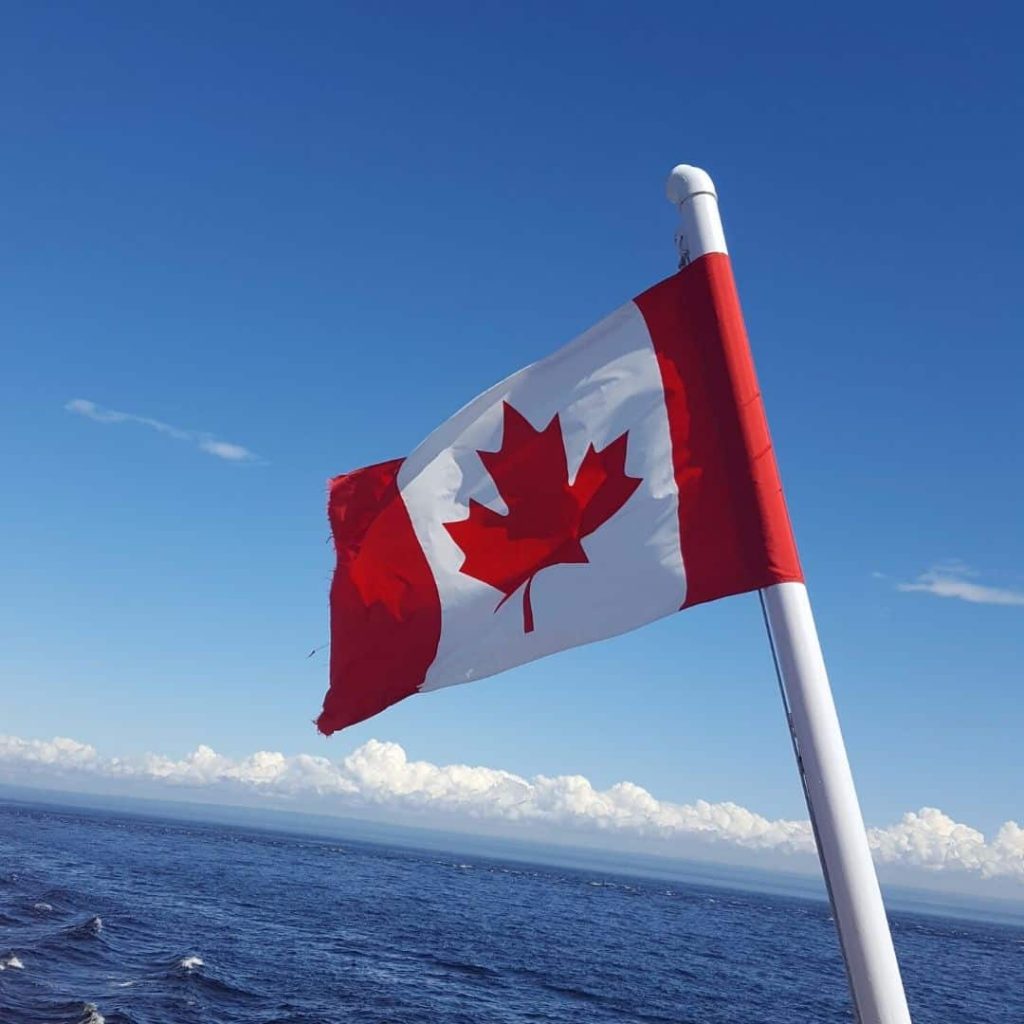
It happens in every household. The supper is finished, the conversation winds down, and then someone utters the fateful words: “Who’s doing the dishes?” Suddenly, chairs scrape back with remarkable speed, family members discover urgent tasks elsewhere, and the dog must be let out immediately — even if you don’t own a dog.
Yes, the dishes. That never-ending cycle of cups and plates, the great equalizer of domestic life. They pile up as surely as manna in the wilderness, except that unlike manna they do not vanish by morning. No, they are still there, stacked precariously in the sink, silently accusing you of neglect.
And yet — believe it or not — there is theology in the dishes.
Psalm 139 reminds us that God knows us in every place and at every moment. Not just in the pews on Sunday, but in the kitchen on Tuesday night. The God who formed the stars and knit us together in our mother’s womb is also the God who notices when we mutter over a greasy frying pan.
Doing the dishes is an act of service. It is not glamorous service, not the sort that earns you medals or even polite applause. But it is service nonetheless. Jesus knelt to wash the feet of his disciples — a menial, humble task — and told us to do likewise. I sometimes wonder if, in a modern retelling, it might be washing the supper dishes instead of washing the feet.
In my very first parish, I was blessed to serve alongside an amazing honorary assistant priest, Fr. Kent Gardiner — a man of deep humility and an incredible pastor. Each year at Vestry, someone would propose that since the parish held so many church suppers, we ought to install a commercial dishwasher in the kitchen. Kent would rise, clear his throat, and gently say, “I wouldn’t use the thing. Some of the best pastoral work I do is gathered with others in that kitchen, with our hands in soapy dishwater.” And he was as good as his word. After every church supper, there was Kent — apron on, sleeves rolled up — serving Christ and his community one plate and one pan at a time.
And here is the deeper truth: discipleship is not made up only of the grand gestures — those rare moments of heroic faith. It is also made up of countless small obediences, quiet acts of love repeated over and over. Like dishes, it never really ends. The Christian life is not one glorious triumph but a daily rhythm of choosing to serve, again and again.
So the next time you find yourself staring at a mountain of dishes, remember this: holiness may be hiding in the bubbles. The sink can become a sanctuary. And in the clatter of plates and the swish of the sponge, you just might hear the quiet voice of God saying, “Well done, good and faithful servant.”
A Prayer
Gracious God, teach us to see you not only in the great and shining moments of life, but also in the small and ordinary tasks that fill our days. May we find holiness even at the kitchen sink, and in every act of service, may we reflect the love of Christ. Amen.









